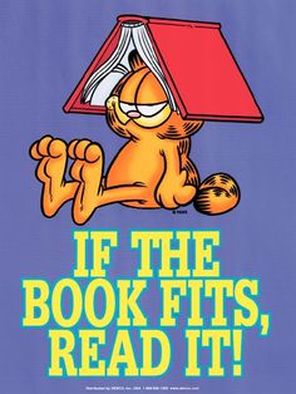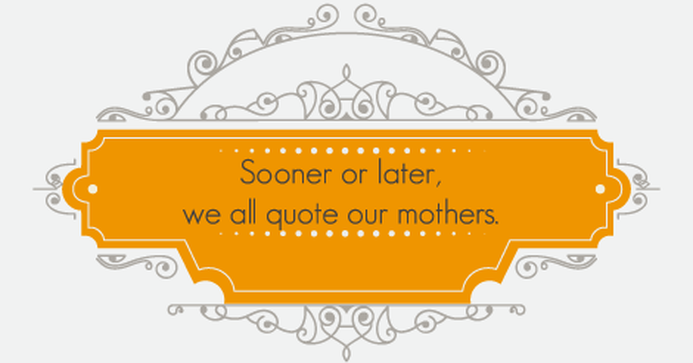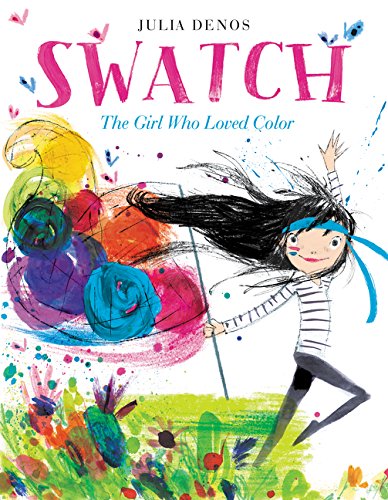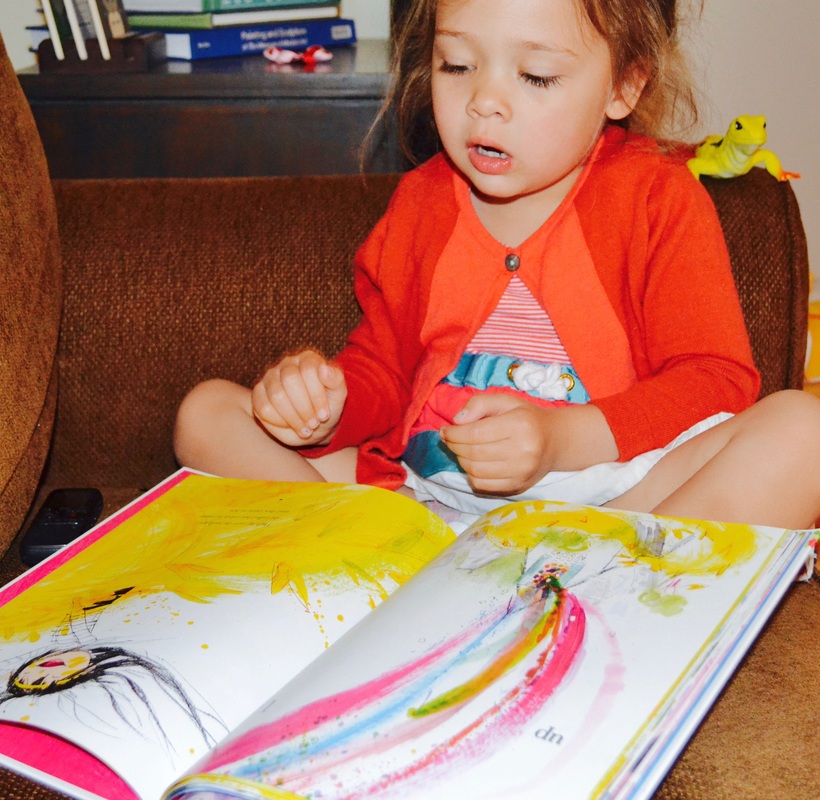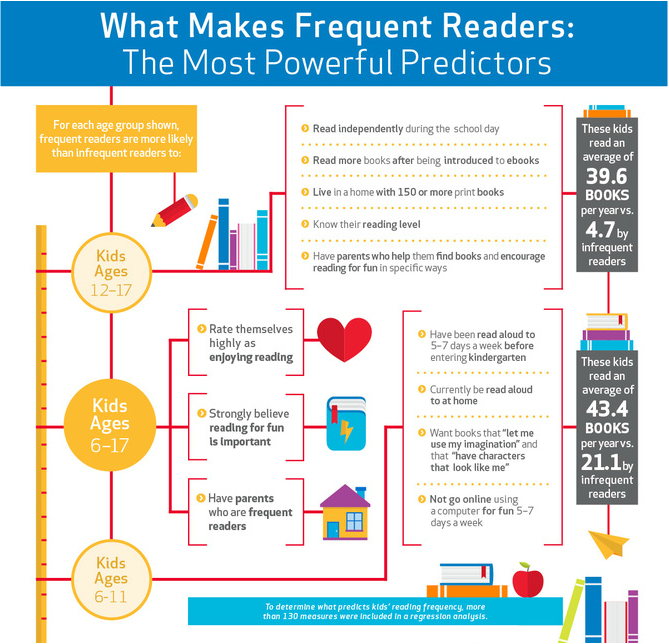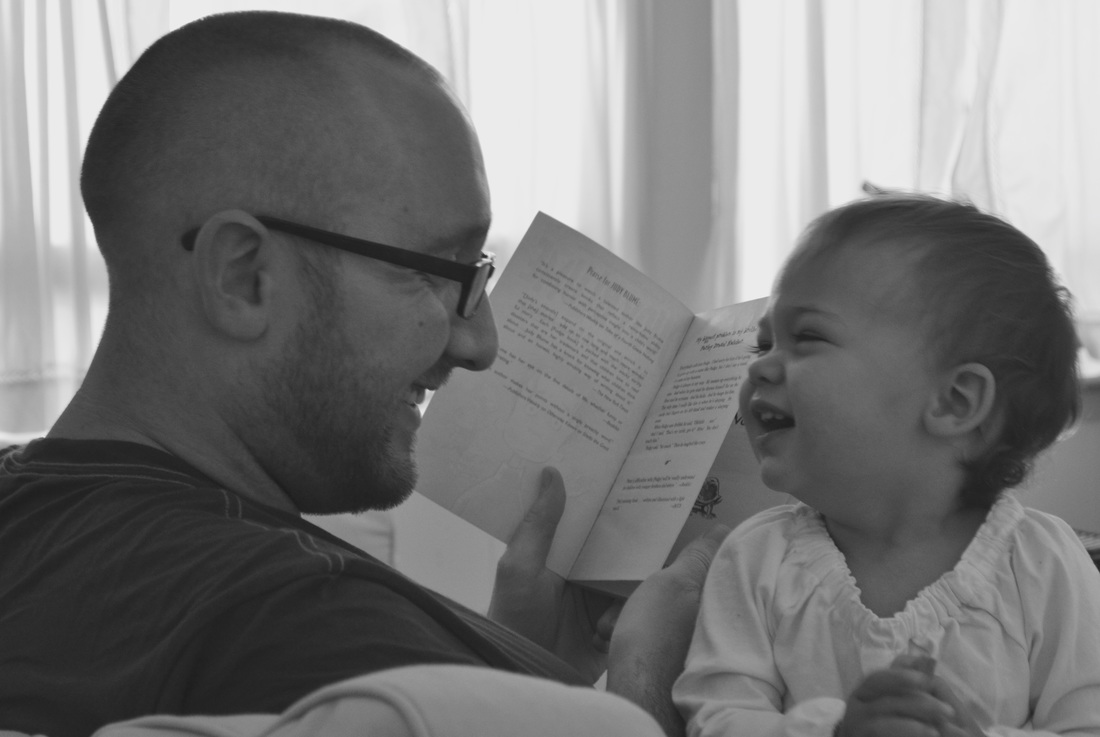|
I once picked a book to read to my daughter that she hated. She walked away mid-read.
I've also picked a book to read aloud in the classroom that the kids hated (for the record, it was Bud, not Buddy and actually my Assistant Principal picked it, so I give myself some slack). It was a bad choice because it was way above the kids' reading levels. And, I've even picked books for myself to read that I hated. One of which is listed as a classic and you might judge me, but it was Uncle Tom's Cabin. I just couldn't finish it - and I've tried at least 10 times. And here's what happens when you are reading a book that isn't well received. No one has fun. |
There are a few thing to consider when picking a book - but here is one that your child's teacher would like you to consider - pick books to read at home that further your child's ability to actually read.
Here's how to do that.

